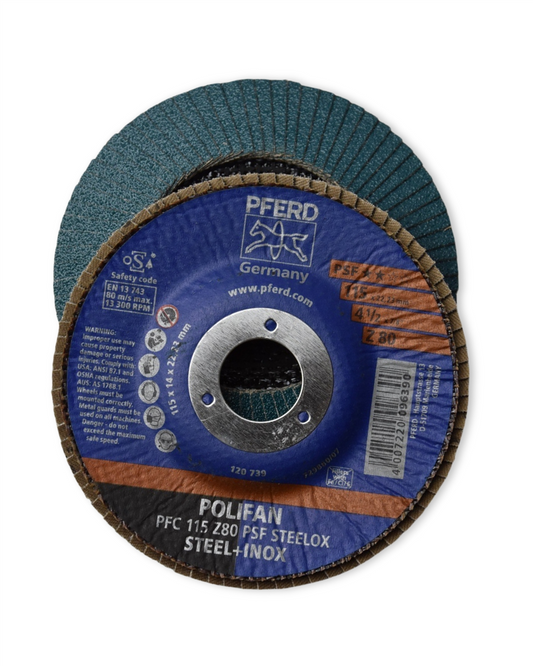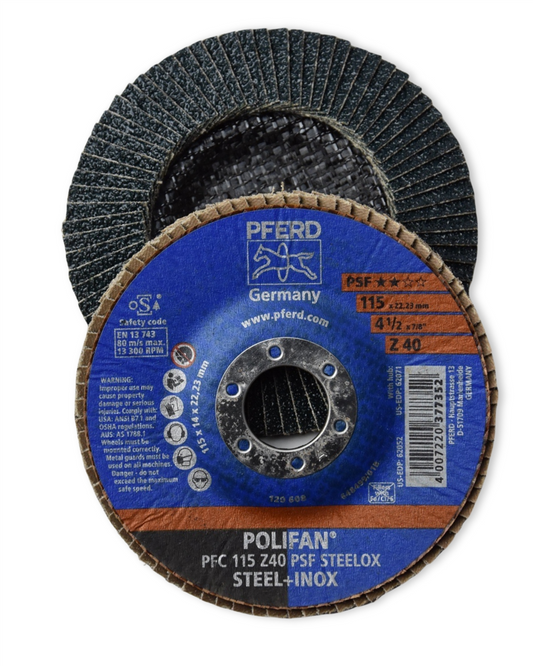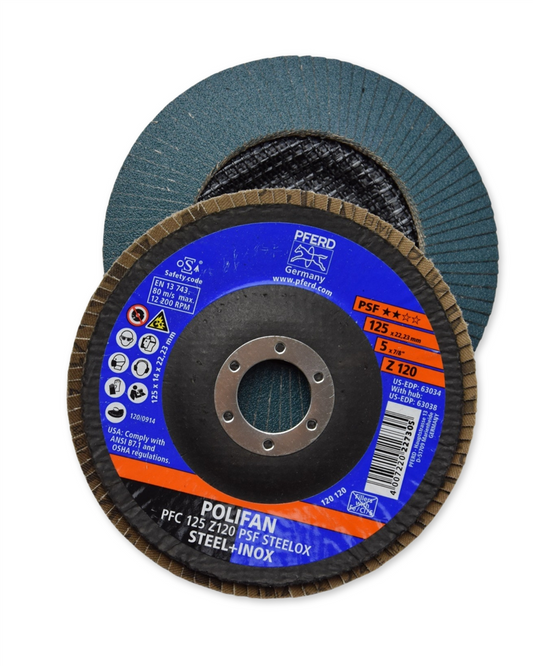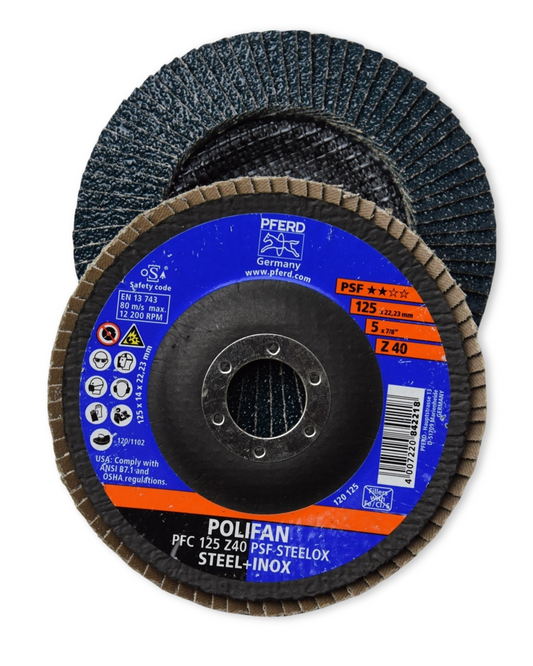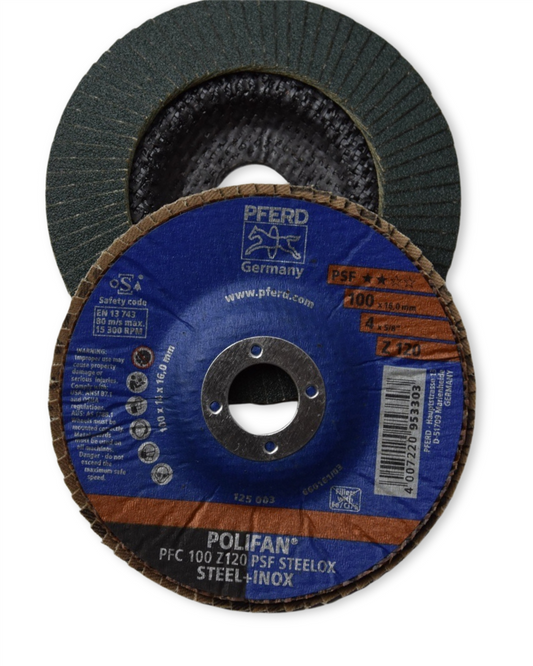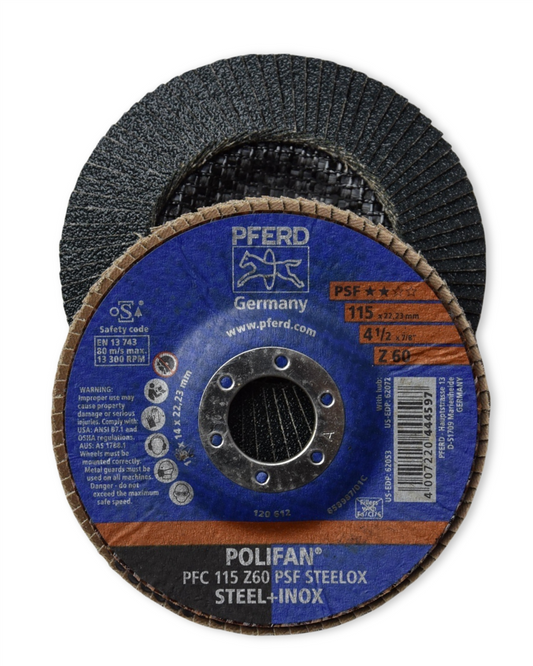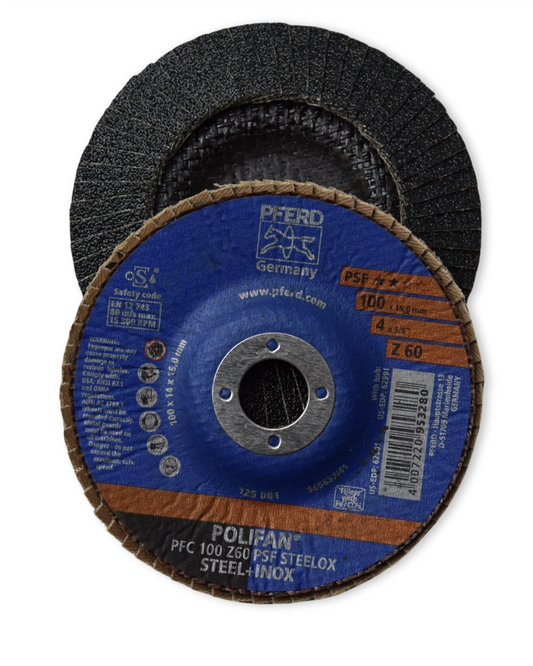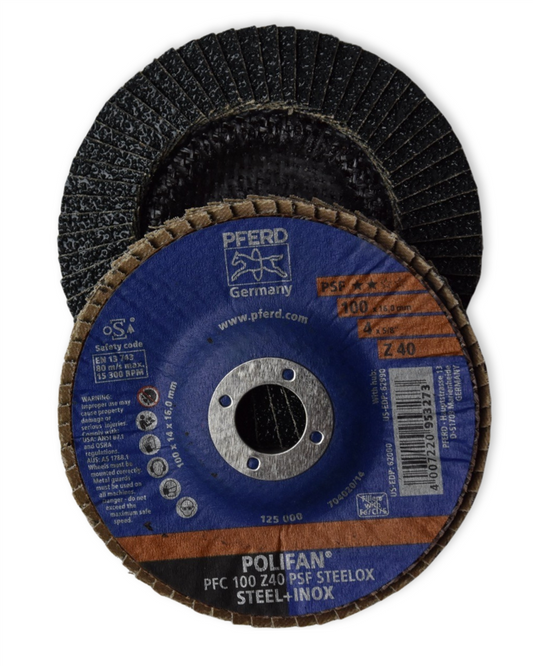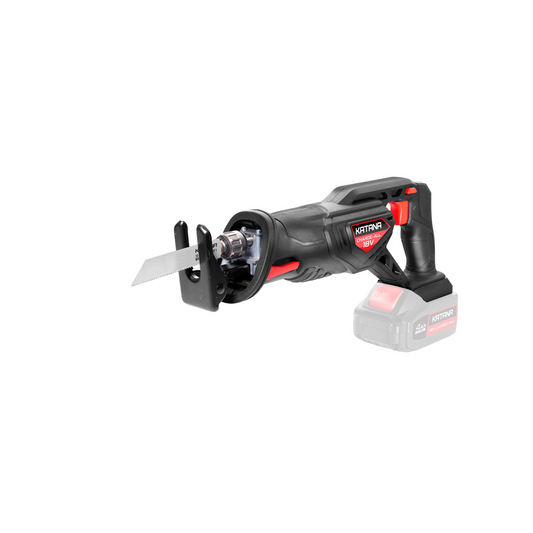Sticking door got you swearing daily? Here’s how to silence it — no replacement needed.
Share
Why your door is sticking — and what you can do about it (without taking it off its hinges)
Some doors glide like butter. Others scrape, thud, or just flat-out refuse to budge — usually at the worst time. A sticking door doesn’t just test your patience, it chips paint, scuffs floors, and makes every entryway feel like a miniature wrestling match. But the good news? You probably don’t need a new door. You just need to show your current one a little love.
“Most sticking doors are trying to tell you something — usually that your home is shifting, swelling, or just... settling in.” — Candeece H., DIY Guide at Strathalbyn H Hardware
So what causes a door to stick?
You might be surprised how many daily factors can throw a door off its groove:
- Humidity: Moisture makes wooden doors swell like a sponge.
- Paint build-up: Too many layers in the wrong spots? Trouble.
- Loose hinges: Just a few millimetres out of alignment can make a big difference.
- Warped frame: Homes settle over time, and that can shift your doorframe ever so slightly.
No need to panic. Most of these don’t require a tradie. All you need is the right know-how — and maybe a cuppa on standby.
Fix #1: Tighten those hinges
Grab a screwdriver and start at the top. Hinges can work loose with frequent use (especially if the screws went into soft timber to begin with). Open and close the door gently and see if things improve once all screws are firm.
Pro tip: If a screw keeps spinning or won’t grip, try removing it, dipping a matchstick in wood glue and popping it into the hole. Let dry, trim flush, then reinsert the screw. It gives your hardware a solid bite again — without pulling off the hinge or filling the hole.
Fix #2: Find the rub spots
This bit’s oddly satisfying. Grab a piece of chalk, roll it on the edge of the door where you suspect it’s sticking, then gently close and reopen. Wherever the chalk’s been smudged — that’s your culprit.
Treat the rub:
- If light rubbing: Sand down the problem area using a sanding block or sandpaper (start with 80–120 grit and finish smoother).
- If it’s tight: Use a hand plane or trimming tool to shave a small strip of wood. Less is more — take your time.
- Seal it after: Any raw wood needs sealing to stop future swelling. A quick coat of paint, primer or sealer will do the trick.
Fix #3: Check the strike plate
Sometimes the latch doesn’t line up with the strike plate perfectly, which can make opening or closing the door feel like forcing a puzzle piece that doesn’t quite fit. Take a peek. If your latch hits too high or too low, you can:
- Loosen and adjust the plate slightly up or down
- File the edges of the strike plate hole to give more space
It’s a simple tweak that can make everything feel brand new again.
Fix #4: Sticky at the bottom? Try this trick
If the bottom of your door sticks on humid days, or you start hearing a scuff sound you didn’t before, it’s likely due to swelling or a shifted frame. Use a sheet of paper under the door to test where it drags — then lightly sand or shave just that edge. Don’t forget to reseal any worked areas.
A quick sanding tip:
Wrap your sandpaper around a flat piece of wood for better control. Or grab a sanding sponge — they flex just enough to get even results quickly without gouging the surface.
Before you call it done…
Once your door opens and closes smoothly, pause to check these quick extras:
- Does it latch properly?
- Does it swing evenly?
- Is there clearance at the top and bottom?
If the answer’s yes across the board — you did it! Feel smug and admire your handiwork every time you wander past.
“If something bugs you every day... fix it. It always feels bigger in your head than it ends up being.” — Candeece H.
Extra tips for long-term peace
Keeping your doors smooth and drama-free doesn’t take much:
- Try door wax along edges after sanding — it reduces friction
- Use dehumidifiers in overly damp areas of the house
- Keep an eye on seasonal swelling (especially in older timber frames)
You don’t need to rip your home apart to create comfort and calm. Sometimes fixing that stubborn door is the first domino in making your space feel truly “yours.”
What’s the one home annoyance you’ve just been putting up with?
Because the truth is — a little know-how (and sandpaper) can go a long way toward making your day-to-day feel smoother. Literally.
Happy fixing,
Candeece

Stay Connected
Follow our Facebook Page: Strathalbyn H Hardware on Facebook



